Currently, countless animals that live in the Amazon Forest are threatened with extinction, from mammals, fish, birds and amphibians.
Some of the main causes are: the environmental imbalance; hunting and predatory fishing; pollution of soil, air and water; climate change; animal trafficking; and habitat loss or fragmentation.
It is worth remembering that the Amazon Forest, in particular, has a very important environmental function. The increase in animals that make up the list of species in danger of extinction has been increasing every year, which has generated a great impact on Brazilian fauna.
Below is a list of 20 animals that are at risk of extinction in the Amazon.
1. Maracajá cat ( Leopardus wiedii )
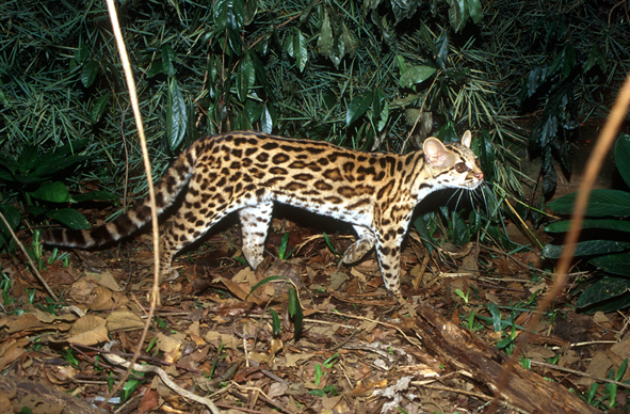
he maracajá cat is a feline native to Central and South America. In addition to the Amazon rainforest, this species can also be found in other Brazilian biomes.
The design of their fur is very similar to that of the jaguar, thus making it a hunting target. It is an animal that is at risk of extinction, being classified as vulnerable by the Red Book of Brazilian Fauna threatened with extinction, published by ICMBio.
2. Amazonian Manatee ( Trichechus inunguis )

The Amazonian manatee is an aquatic mammal considered the smallest of the manatees . It inhabits freshwater rivers and lakes in the Amazon.
It plays an important ecological role in the environment in which it lives, as its diet based on plants that are on the surface of rivers, prevents them from proliferating and reduces the intensity of sunlight in the water.
This animal is classified as vulnerable by the ICMBio Red Book (2016), and the main reason for the risk of extinction is hunting for the use of its meat and fat.
3. Ararajuba ( Guaruba guarouba )
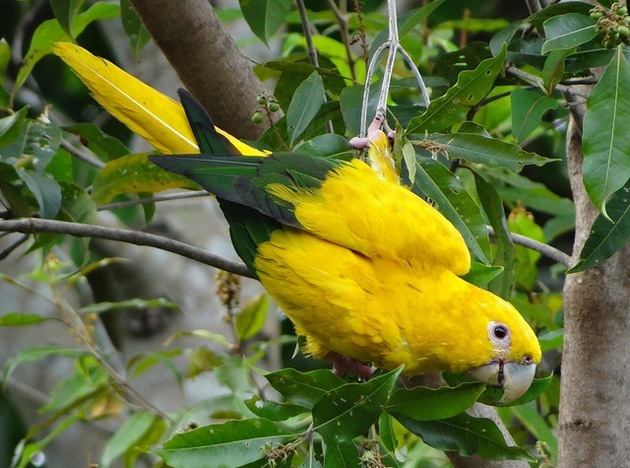
The Macaw is an endemic bird in Brazil that lives mainly in the west of the state of Maranhão and in the southeast of the Amazon.
Presenting yellow in the body and green in the tips of the wings, she is a victim of animal trafficking. For this reason, it is classified as being of vulnerable risk of extinction, according to the ICMBio Red Book published in 2016.
4. Royal Hawk ( Harpia harpyja )

The royal hawk is one of the most powerful eagle species in the world. It can be found in the Amazon region and its main feature is the hunting power of different animals, from monkeys to other birds.
Changing the environment in which you live has impaired your survival. Deforestation is one of the causes for this animal to be considered vulnerable to extinction according to the ICMBio Red Book (2016).
5. Otter ( Pteronura brasiliensis )
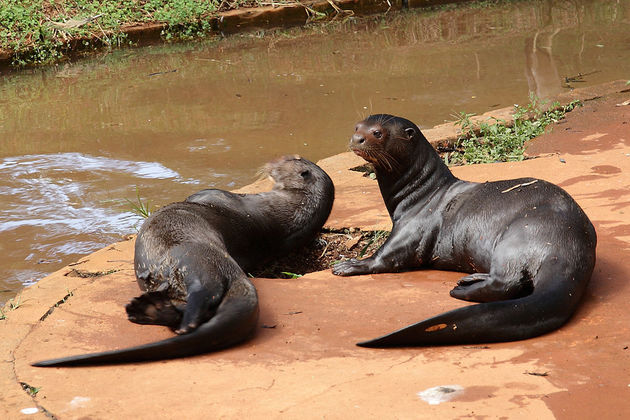
The otter is a species of giant otter and, in some places, is also known as a water jaguar.
Classified as a vulnerable risk of extinction, the otter has suffered from hunting. In some biomes, it is considered to be in danger of extinction.
6. Jaguar ( Panthera onca )
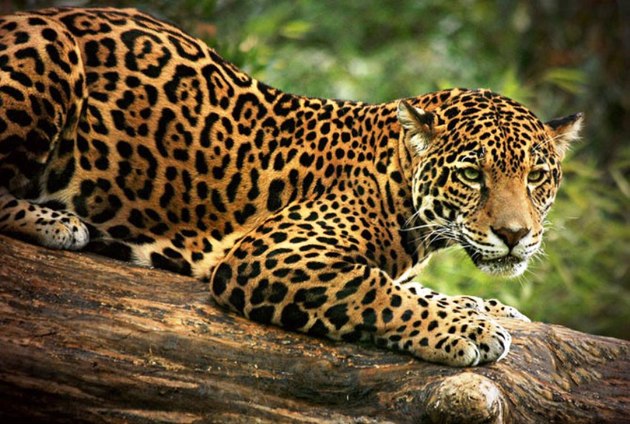
The jaguar is a feline that lives in the Amazon, but can also be found in the Pantanal biome.
Habitat loss due to deforestation, predatory hunting and population fragmentation are the main threats to the jaguar’s extinction.
Currently, the species is classified as vulnerable to its risk of extinction, according to the ICMBio Red Book, published in 2016.
7. Brown Jaguar ( Puma concolor )
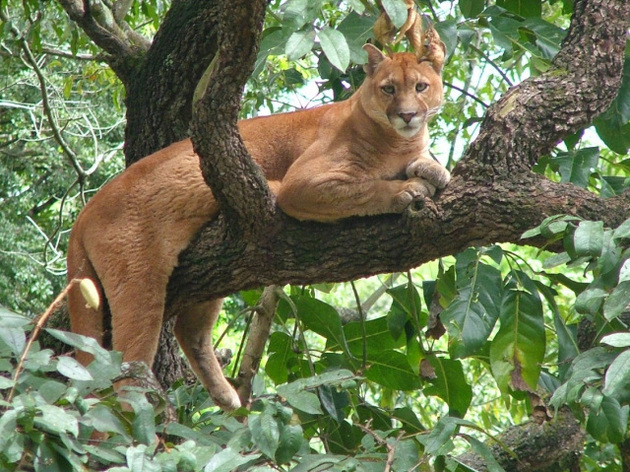
The puma is considered the second largest feline in Brazil. Urban growth has contributed to the risk of extinction of the species, since in this way, there has been a decrease in its habitat and prey.
According to the most recent publication of the ICMBio Red Book (2016), the puma is classified as vulnerable to extinction risk.
8. Uacari ( Cacajao hosomi )
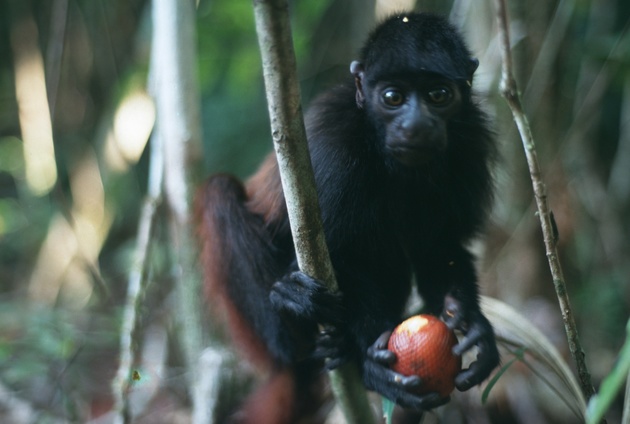
The uakari is a species of primate that originates in Venezuela, but it lives in the state of Amazonas. It is estimated that the total population of this species is 10,000 adult individuals.
Classified as endangered by the ICMBio Red Book, the uakari is the target of hunting by indigenous people.
9. Spider monkey ( Ateles belzebuth )

The spider monkey is a non-endemic primate species in Brazil, but it has become a resident in the states of Amazonas and Roraima.
Predatory hunting by indigenous and non-indigenous people is the main cause of the threat of its extinction. According to the Red Book published by ICMBio, the spider monkey is classified as vulnerable.
10. Capuchin monkey ( Sapajus cay )
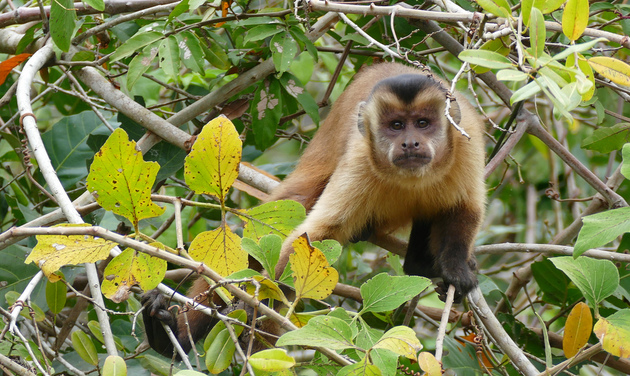
The capuchin monkey is a species of primate that lives in the states of Mato Grosso and Mato Grosso do Sul. The decrease in its population has been causing alarm among researchers, who point to a decline of more than 30% of individuals.
Factors such as habitat fragmentation, urban sprawl, fires and hunting are the main reasons that can extinguish this species. It is classified as vulnerable to risk of extinction, according to the ICMBio Red Book.
11. Collared Sauim ( Saguinus bicolor )

The sauim-de-colleira is a primate mammal endemic to Brazil, being resident and native in the state of Amazonas.
The main causes for its extinction are related to fires, urban expansion, hunting and deforestation.
According to the Red Book published by ICMBio, the collared sauim is classified as critically endangered.
12. Giant anteater ( Myrmecophaga tridactyla )
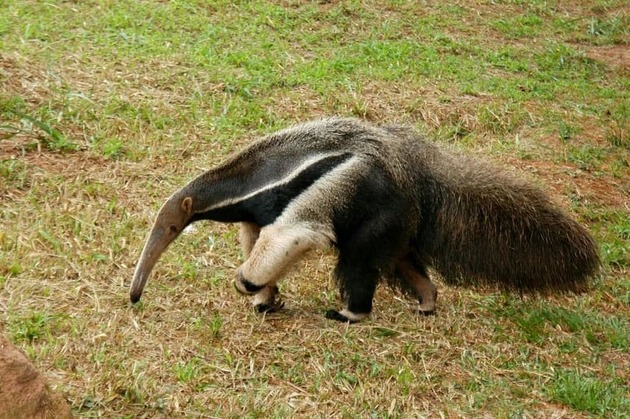
The giant anteater is not endemic to Brazil, but can be found in all Brazilian biomes.
Also known as “anteater”, he has been suffering from deforestation and the reduction of his habitat, which makes it an aggravating factor for his survival.
According to the ICMBio Red Book, the giant anteater is classified as vulnerable to extinction risk.
13. Cuíca-de-vest ( Caluromysiops irrupta )
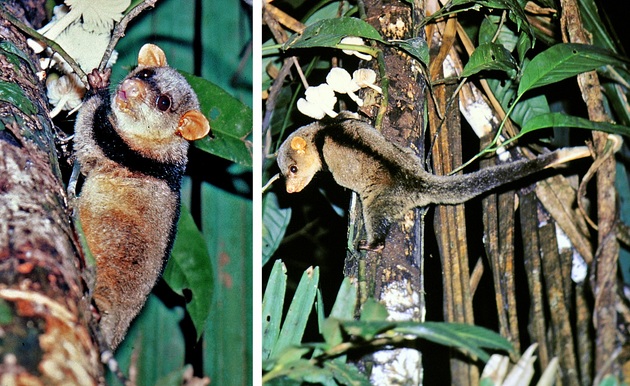
The cuíca-de-vest is a mammal of the marsupial family that has its habitat in Brazilian forests, in addition to being found in Peruvian territory.
The main cause of its threat of extinction would be related to hunting, as this is a slow moving animal.
According to the publication of ICMBio, this species is critically endangered, and may even have already been extinct in some places.
14. Caiarara ( Cebus kaapori )

Caiarara is endemic to Brazil and lives in the states of Maranhão and Pará. The size of its population has been decreasing over time. Researchers estimate that currently the number of mature individuals is just over 10,000.
The main causes of the threat of extinction would be related to deforestation and the fragmentation of their habitat.
It is classified as critically endangered by the ICMBio Red Book, published in 2016.
15. Bush cat ( Leopardus tigrinus )

The wildcat is a feline that has a wide incidence in Brazil, but the species has been suffering from the fragmentation of its habitat.
According to the Red Book published by ICMBio in 2016, the wildcat is classified as endangered.
16. Purple-breasted Parrot ( Amazona vinacea )
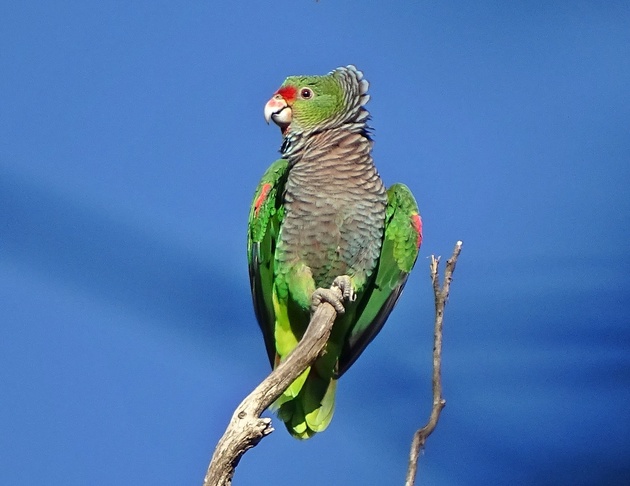
The purple-breasted parrot is a bird that lives in Brazilian territory and is classified, according to the ICMBio red book, as vulnerable to extinction.
The main threat to the extinction of this species is related to the destruction of its habitat.
17. Chauá ( Amazona rhodocorytha )
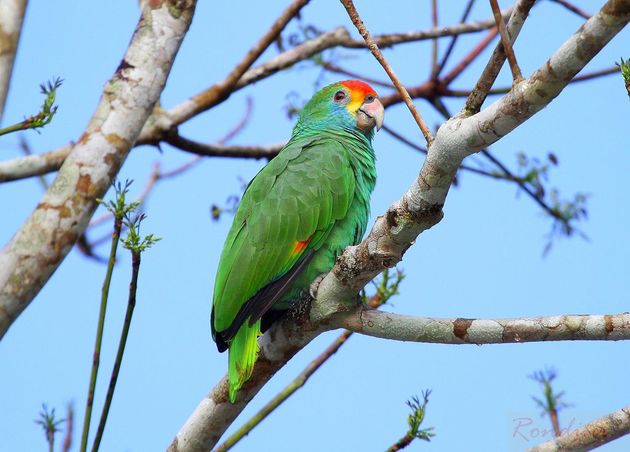
Chauá is a colorful parrot that has a green body and the top of a red head, in addition to having a very strong beak. Due to these characteristics it is a constant target of animal trafficking.
According to the ICMBio Red Book, this species is classified as vulnerable to extinction risk.
18. Jacu-snap ( Neomorphus geoffroyi amazonicus )

The snapper is a bird endemic to the Atlantic Forest, and can also be found in some places in the Amazon region
According to the publication of the Red Book published by ICMBio, the jacu-snap presents a vulnerable risk of extinction.
19. Gray dolphin ( Sotalia guianensis )
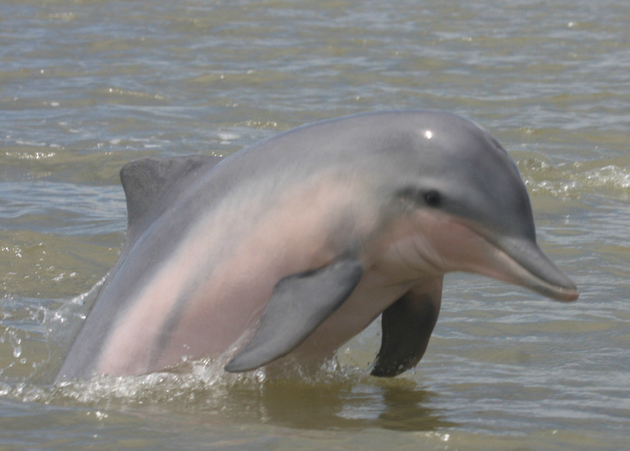
The gray dolphin is an animal that belongs to the dolphin family. It can be found in cloudy and coastal waters, but it is more common in river basins.
The main causes for its threat are hunting and fishing. According to the ICMBio Red Book, the gray dolphin is considered to be at risk of extinction.
20. Pink dolphin ( Inia geoffrensis )
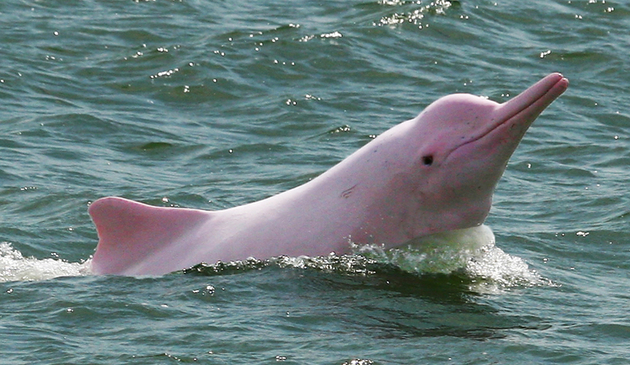
The pink dolphin is an endemic species in Brazil, living especially in the rivers of the Amazon basin. It is considered the largest freshwater dolphin.
The population of this species has been decreasing over time, mainly due to the construction of hydroelectric plants. For this reason, it is classified as endangered by the ICMBio red book.
Some Endangered Plants in the Amazon

In the Amazon, there are approximately 20 thousand species of vegetables, many of which are also threatened with extinction.
About 80 species of flora in the Amazon are threatened with extinction and their main causes are: smuggling and inadequate extraction.
According to the “Official List of Species of Brazilian Flora Threatened with Extinction” by the Ministry of the Environment, some endangered plants in the Amazon are:
- Xaxim
- Andiroba
- Rosewood
- Mahogany
- Marigold Clove
- Chestnut tree
- Carajas Flower
- Scented Cumaru
Amazon rainforest

The Amazon Forest, or simply the Amazon, is popularly known as the “lung of the world”, in addition to being considered the largest tropical forest in the world and which has the greatest biodiversity .
Located in South America, it occupies about 8 thousand square kilometers, covering the territory of nine countries, but most of them belong to the Brazilian territory.
However, all its dimension and natural beauty are being threatened with progress and ambition. Over the years, the place is suffering from the expansion of agricultural and livestock borders, the increase in fires, deforestation and illegal hunting and fishing.
To try to alleviate this problem, many projects are allied to this cause, from the laws that incriminate timber companies and smugglers, to inspection.

